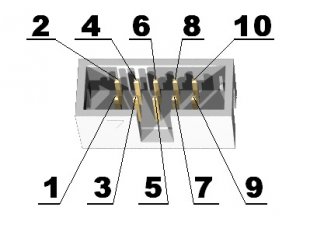While reading the documentation for the launchpad, I came across this note:
a. J2.06 (PB7) is also connected via 0-Ω resistor to J3.04 (PD1).
b. J2.07 (PB6) is also connected via 0-Ω resistor to J3.03 (PD0).
Does anybody know why these pins were connected together? I am working on a booster pack and noticed that these pins can have conflicting SSI definitions depending on the port used.
Thanks
Henry



